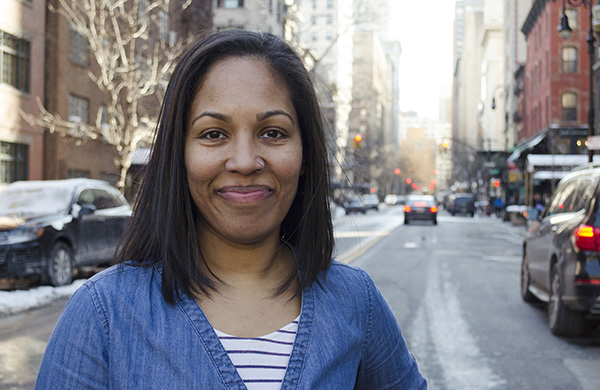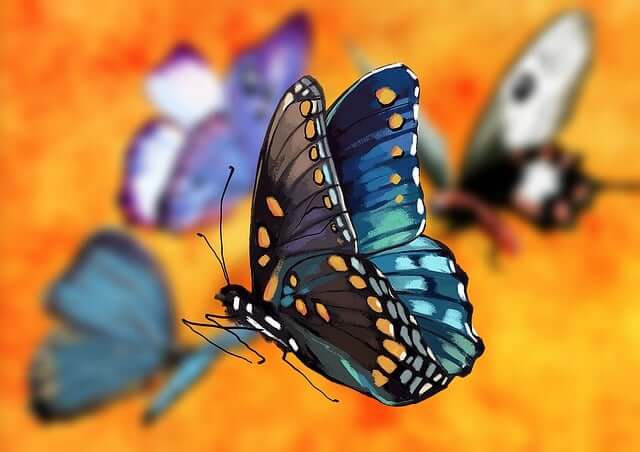“We love being outside!” my children exclaimed when I called time to return home after a morning at the local botanical garden. Their declaration would soon prove not only true but impactful in the way we guide our learning outside of a traditional classroom. There have been many studies that suggest that children learn better and thrive more when they are outdoors. Yet, many supplemental outdoor programs are costly, and although child-centered, there is usually a defined structure that leaves little room for creativity. This was when I decided to include nature play as part of our curriculum. Living in an urban community like New York City makes identifying spaces for safe nature play a little trickier. However, with some thoughtful planning and room for curiosity to unfold, nature education is a rewarding experience for parent(s) and child(ren) that teaches not just academic lessons but lessons about ourselves.
Gathering a list of places in our community to visit was a good start in incorporating nature play into our school year. We began by plotting places that were relatively nearby, either by public transportation or walking. Pinpointing the many ways in which botanical gardens offer ideas for nature play, we often utilized the free-admission hours at a botanical garden not far from our home. The first few times we visited, we allowed the children (and ourselves) to walk, run, touch (cautiously), and smell. We did not point out things or ask them to stop and observe and engage in conversation about specific things. I wanted to see what the children were drawn to and allowed myself to be led by their excitement and curiosity. For my daughter, an ornithologist in the making, the birds, their nests, and their soaring above us was the base of her inquiry. My son was drawn to building forts out of tree branches and twigs as well as any strange fruit or berries he saw. As much as I wanted to ask questions and open conversation, I remained in the background as they continued to play and investigate, remaining open to answer any questions they had. At the end of the first trip, my backpack was filled with twigs and branches that the children wanted to bring home to strip, paint, and leave out for bird nesting or decorative hangings around the house
During the second visit, I suggested that my children pack paper bags to gather their findings to bring home. This simple preparation offered an opportunity to collect materials without interruption as they walked their own inquisitive journeys. Again, we brought home the findings and parceled them out. After cleaning them, we set them out in a strategic and sensorial way, so they were visible and accessible to the children whenever they wanted to interact with them.
On the third trip to the garden, we supplied the children with bags, containers, small scissors for clippings and disposable cameras (or sometimes I allowed them use of my phone’s camera to use zoom features or to erase and retake). Afterward, once the pictures were developed and we laid out all their materials, the children had many questions about the things they had discovered. My daughter emptied her bag of acorns and set them out for any squirrels that might come by. This gave us an opportunity to not just study acorns and oak trees but also squirrels and other animals that rely on them (such as raccoons and opossums). My son had the opportunity to consider the trees of which he had collected branches and twigs, which led to a semester-long series of tree-identification studies. Broadening the scope of just recognizing different trees in both our community and places far from home was also a gateway into understanding the uses (healing and otherwise) of diverse trees and plants.
The highlight of our botanical walks was the discovery of the Sweetgum tree balls, or spiny seed pods (en.wikipedia.org/wiki/Liquidambar_styraciflua). At the time of encounter, they were bright green with red tips, prickly and peculiar. The children collected as many as they could so we could bring them home for further study. The research was fascinating; to dig through was to watch the transformation of the plant and its fruit turning from green to brown in a drying stage. We quickly found out that the Sweetgum is not just used for medicinal purposes but is also used as a natural deterrent to feral strays and other animals from making “animal bathrooms” in backyards and other outdoor places.
The idea behind the “Budding Botanist” approach I am developing alongside my children is one that inspires a continuous wonder and appreciation for nature, and also supports the more traditional skills of research, writing, and learning. We plan on continuing this adventure and seeing what revelations lie ahead.



